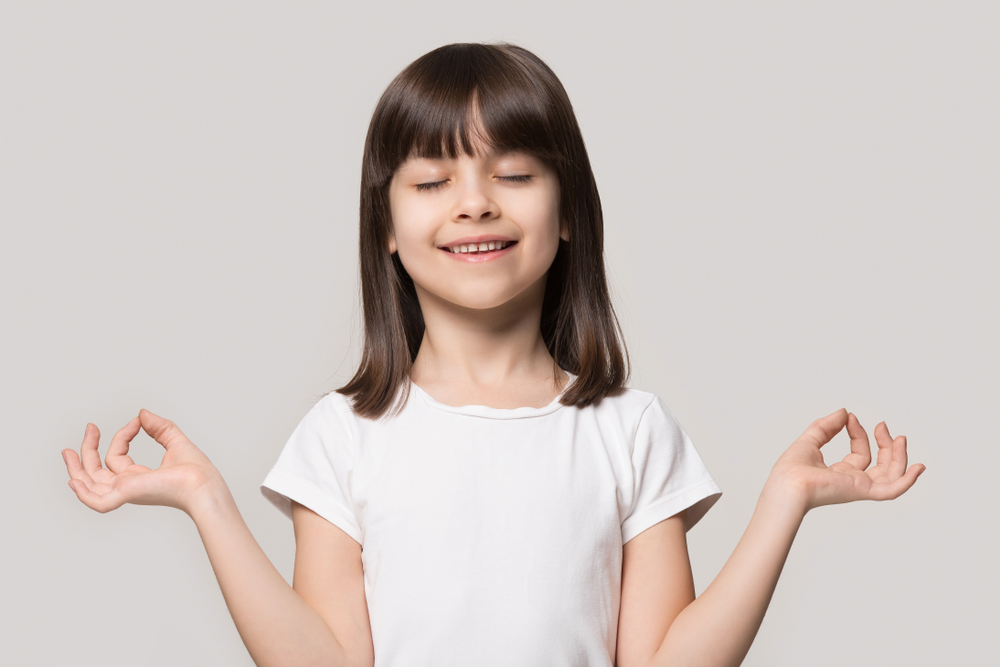Meet Noah Hill, a third-grader at Brooklyn’s Dr. Ronald E. McNair Public School 5. He’s discovered a simple yet significant technique for finding peace in the midst of chaos: “Breathe in through your nose, and breathe out with a whisper,” he says. This technique, known as “ocean breathing,” has become a valuable stress-reduction tool for him. From pre-kindergarten to grade 12, all New York public schools now teach two to five minutes of mindful breathing every day as part of a mental health campaign.
An immediate need
Recent research, such as the international COH-FIT study, shows an alarming surge in depression, anxiety, and frustration among youth, which has been compounded by the COVID-19 pandemic. In 2021, more than a third of US students reported poor mental health, with 44 percent feeling chronically depressed or gloomy. Mental health problems were on the rise among high school pupils even before the pandemic.
Teachers like Deanna Lashley at PS 5 recognize the difficulties that many kids endure, saying, “A lot of our students have anxiety or anger, and it’s very tough at home”. There has never been a bigger demand for mental health care in schools.
The science of mindfulness
Some people are skeptical about mindful breathing practices, but a growing amount of scientific data backs them up. Studies done by pediatrics professor Erica Sibinga at Johns Hopkins School of Medicine have shown that these techniques can considerably lower anxiety and tension. Mindfulness, in particular, assists children and adolescents, particularly those suffering from trauma and extreme stressors, by enhancing mental health, behavior, and self-acceptance.
Mayor Eric Adams of New York believes in the transforming potential of breathwork and mindfulness. At a press conference, Adams called the initiative “a game-changer. Breathing calms your nervous system, it helps to center us and helps us regain our sense of balance and focus. It is a valuable, low-cost tool that is proven to improve mental health and wellbeing.”
Global mindfulness
New York is not alone in recognizing the relevance of mindfulness education in schools. Over the last decade, England, the United States, Canada, Israel, India, and other countries have implemented youth meditation programs. According to research, schools are great sites to teach meditation because they reach a huge number of children during their formative years when lifelong habits can be formed.
According to Sibinga’s research, structured mindfulness practices provide the most substantial effects. These techniques give students vital tools for navigating life’s obstacles while also promoting a holistic approach to education that incorporates emotional, social, ethical, and spiritual growth.
Educator advantages
Mindfulness is useful not only to kids but also to educators. Mindfulness and breathwork have helped teachers like Abimbola Cole Kai-Lewis overcome the difficulties of teaching during the pandemic. According to a 2022 meta-analysis, mindfulness interventions were the most beneficial in promoting long-term benefits in educator wellbeing, even months after implementation.
In schools like Laveen Elementary School in Phoenix, Arizona, mindfulness has become an integral part of the curriculum. Teachers see a remarkable shift in a school culture that emphasizes support and solidarity. The practice has fostered a sense of community, creating a loving environment in which everyone strives for the best.
As Noah Hill and his friend Shawn Boyce demonstrate mindful breathing and yoga poses, they epitomize the positive impact of these practices. In a world filled with challenges, taking a breath becomes a powerful tool, offering hope, calmness, and resilience. Mindfulness is gaining traction in New York schools, which is a breath of fresh air for kids’ well-being and a testament to the importance of cultivating mental health in education.











